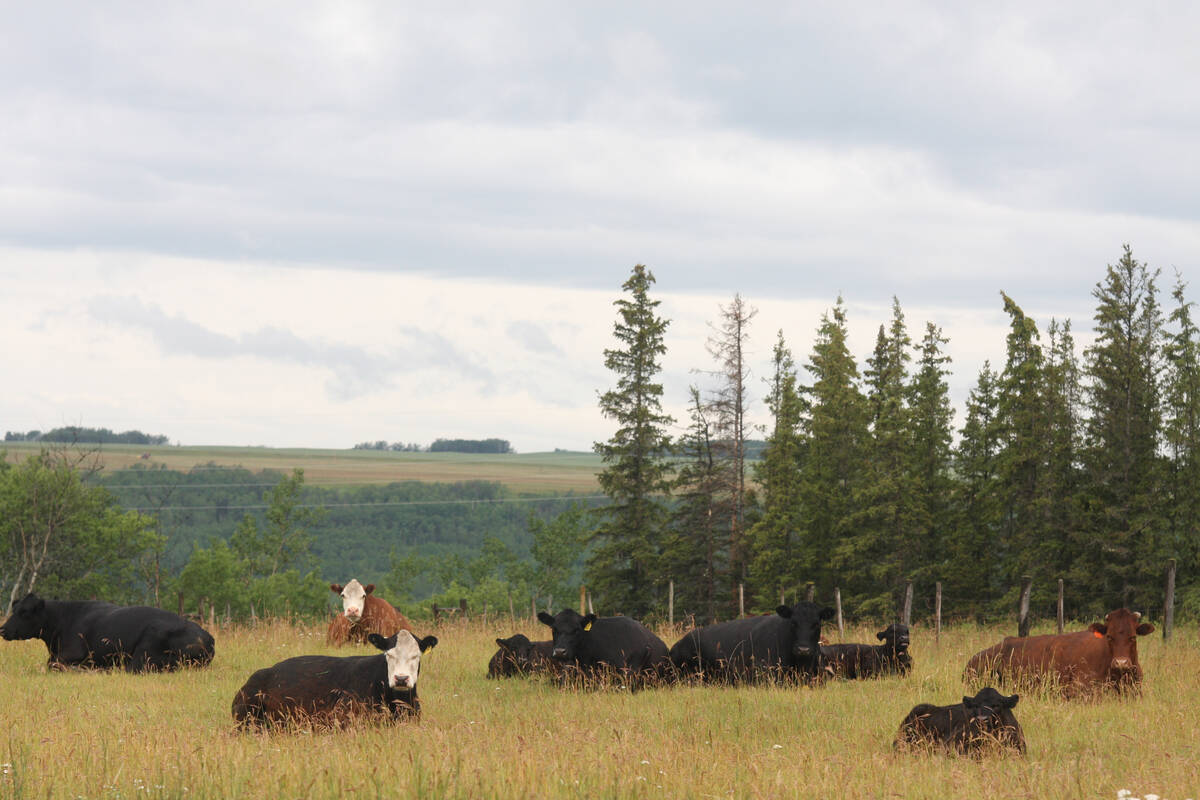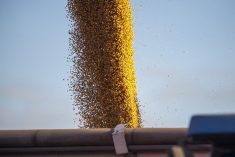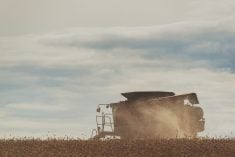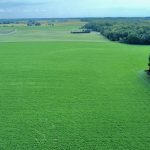Winnipeg, December 30 (CNS Canada) – There’s only a couple days left in 2016, dubbed the International Year of Pulses by the United Nations. In its simplest form, the title was meant to foster awareness about members of the legume family.
But the year was also marked by its share of uncertainty and adversity in trade relations and growing conditions.
The 68th UN General Assembly declared 2016 the International Year of Pulses, to highlight the commodity’s role in nutrition and its potential contribution to environmental sustainability.
Pulses are a subset of crops, including lentils, dry peas and beans.
Read Also

Klassen: Highs in place for the feeder market
For the week ending October 4, Western Canadian grass yearling markets traded steady to $5-$8/cwt lower on average compared to…
“To me, the International Year of Pulses is year one of a new way of looking at the product,” said Tim Wiens, chair of the Saskatchewan Pulse Growers, based in Herschel, SK.
“From my position as part of a grower group, I think there has been considerable awareness raised,” Wiens said.
While certain elements of engagement are hard to measure, online analytics show increased interest throughout 2016.
Based on data from Google Trends, searches for pulses, lentils and beans hit their highest levels since 2004—the farthest back that data goes—during 2016. (Peas bucked the trend with peak searches during the winter of 2010.)
But for industry participants, the production and distribution of pulses in 2016 brought its share of difficulties. Prices saw a heightened level of volatility in 2016, said David Newman of Victoria, BC-area special crops marketing firm Commodious Trading Inc.
“Everyone is just aghast at the amount that these markets can move,” Newman said.
There is a gap of about 20 to 40 Canadian cents per pound between the yearly lows and highs for most varieties and types of lentils, late December data from Prairie Ag Hotwire shows.
Pea prices fluctuated between C$3 and C$8 per bushel from yearly lows to highs.
Chickpeas and beans have seen slightly less dramatic fluctuations, with the gap from the yearly highs and lows roughly 15 to 40 cents per pound.
“What can you count on? You used to just have to worry about the weather and your growers—other stuff was steady,” Newman said.
Uncertainty about key markets has thrown an element of volatility into prices.
“I think it’s really difficult to be a commodity trader in times when there’s so much unknown,” Newman said.
In the past, India has exempted Canada from mandatory fumigation (due to temperature-related kinks), and has been extending that decision in six-month periods. India has not yet issued an extension, which means pulses in transit as of mid-January could potentially be rejected.
“These major markets, they’re no longer just known entities anymore,” Newman said.
A number of European countries will be facing elections in 2017, which also brings an element of uncertainty into markets.
Newman added that the potential for trade protectionism in light of new leaders makes the future of exports unclear.
As for pulse crop production during 2016, the weather added an element of difficulty.
Wiens said Saskatchewan’s growing conditions can be summarized in one word, “pitiful.”
“In my particular region, pulse crops were almost non-existent. We had way too much rain, way too much disease,” he said.
Production of select pulse crops fared better than others, estimated yields from Statistics Canada show increased lentil production, reflecting increased seeded area.
Chickpea production is expected to have declined on the year, despite producers planting more of the crop. Dry pea production is about steady on the year, though the crop also had a larger seeded area in 2016.














